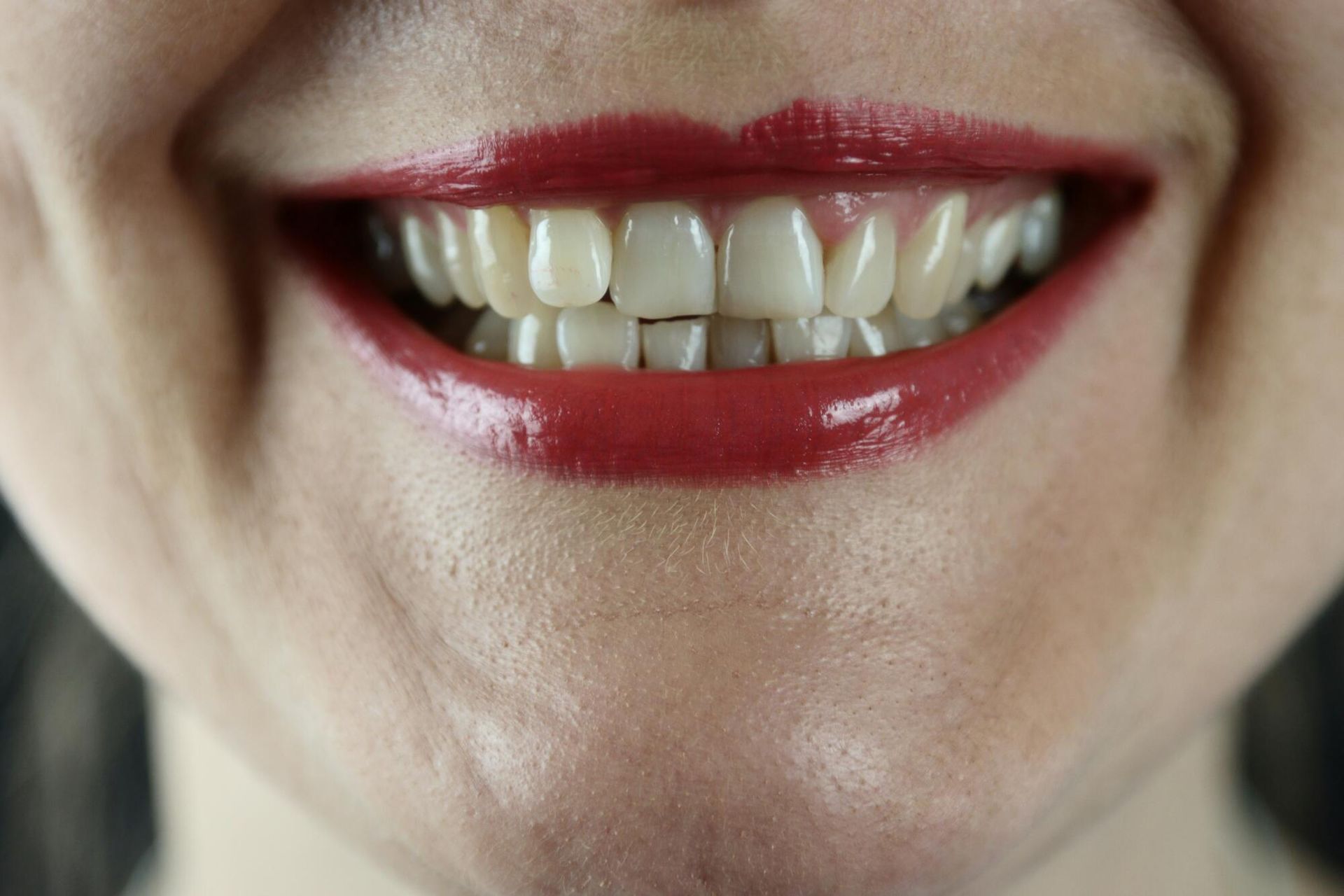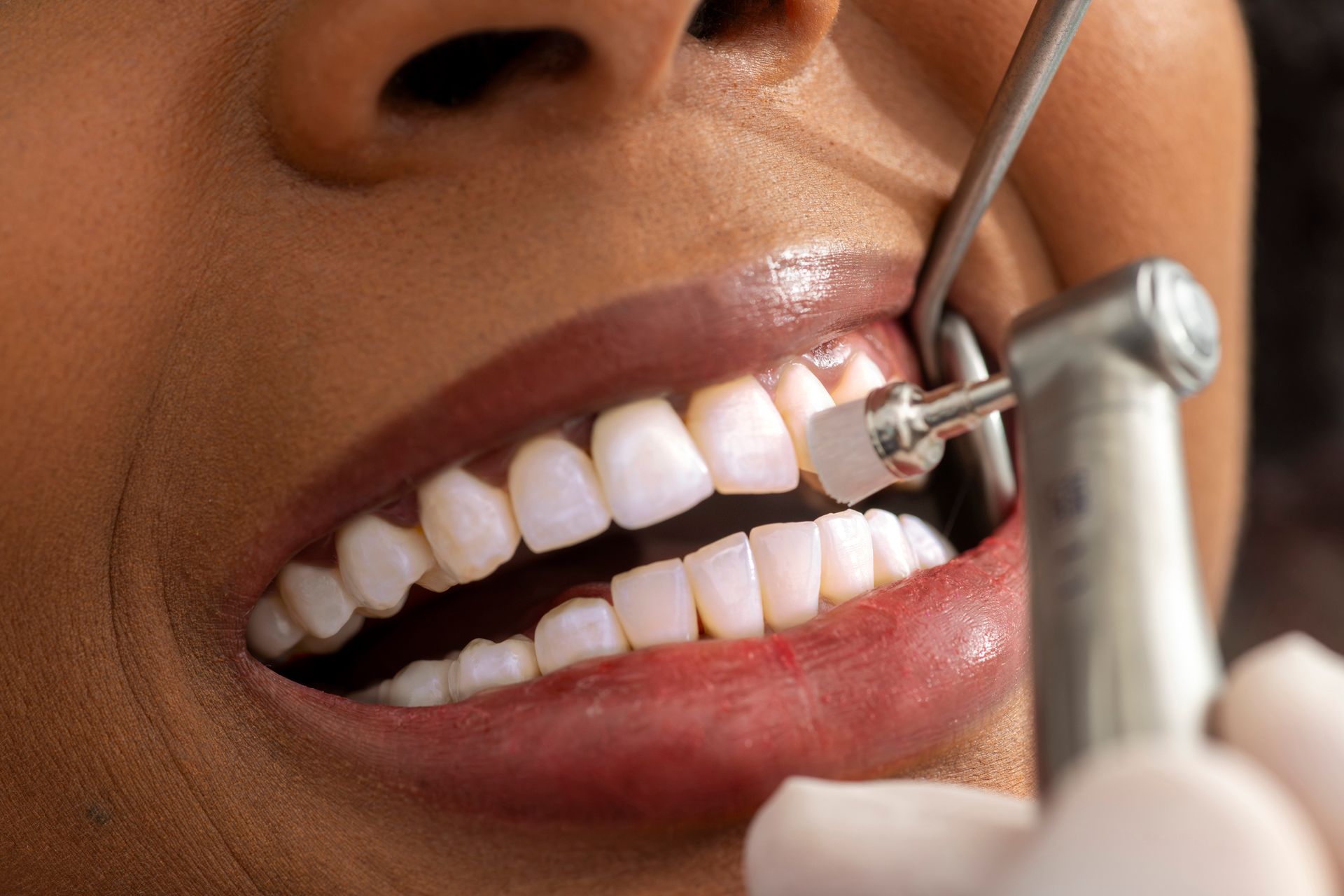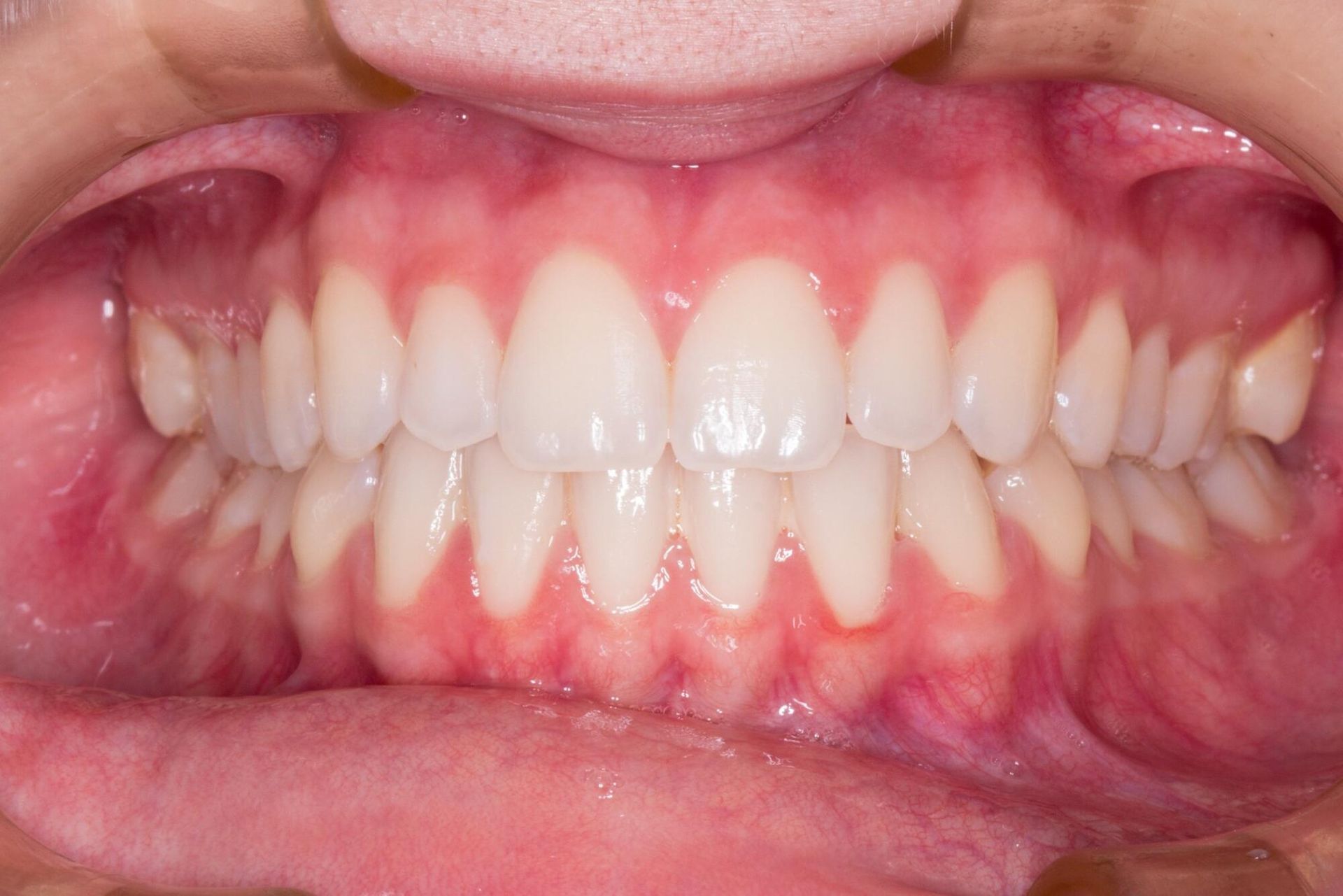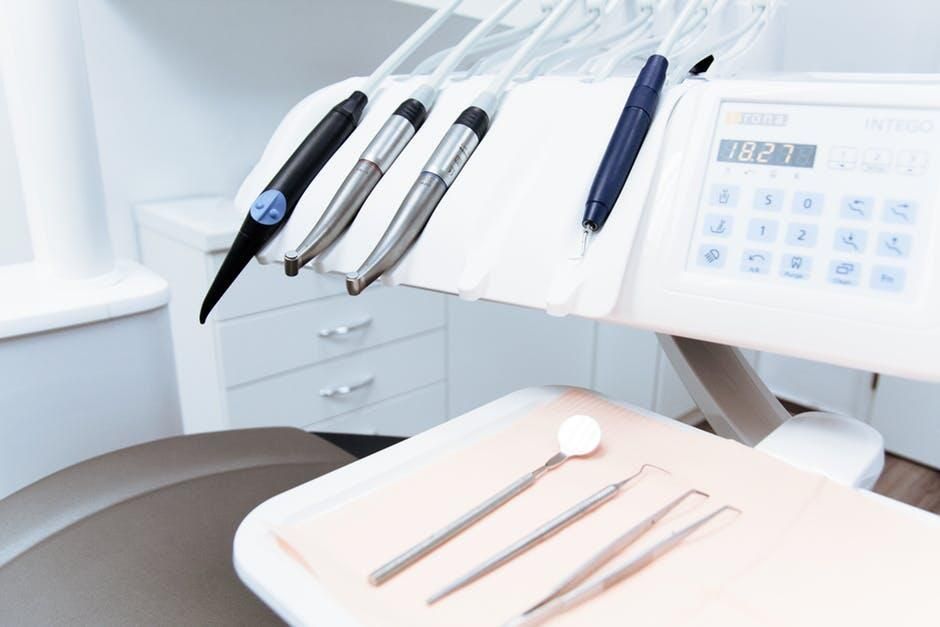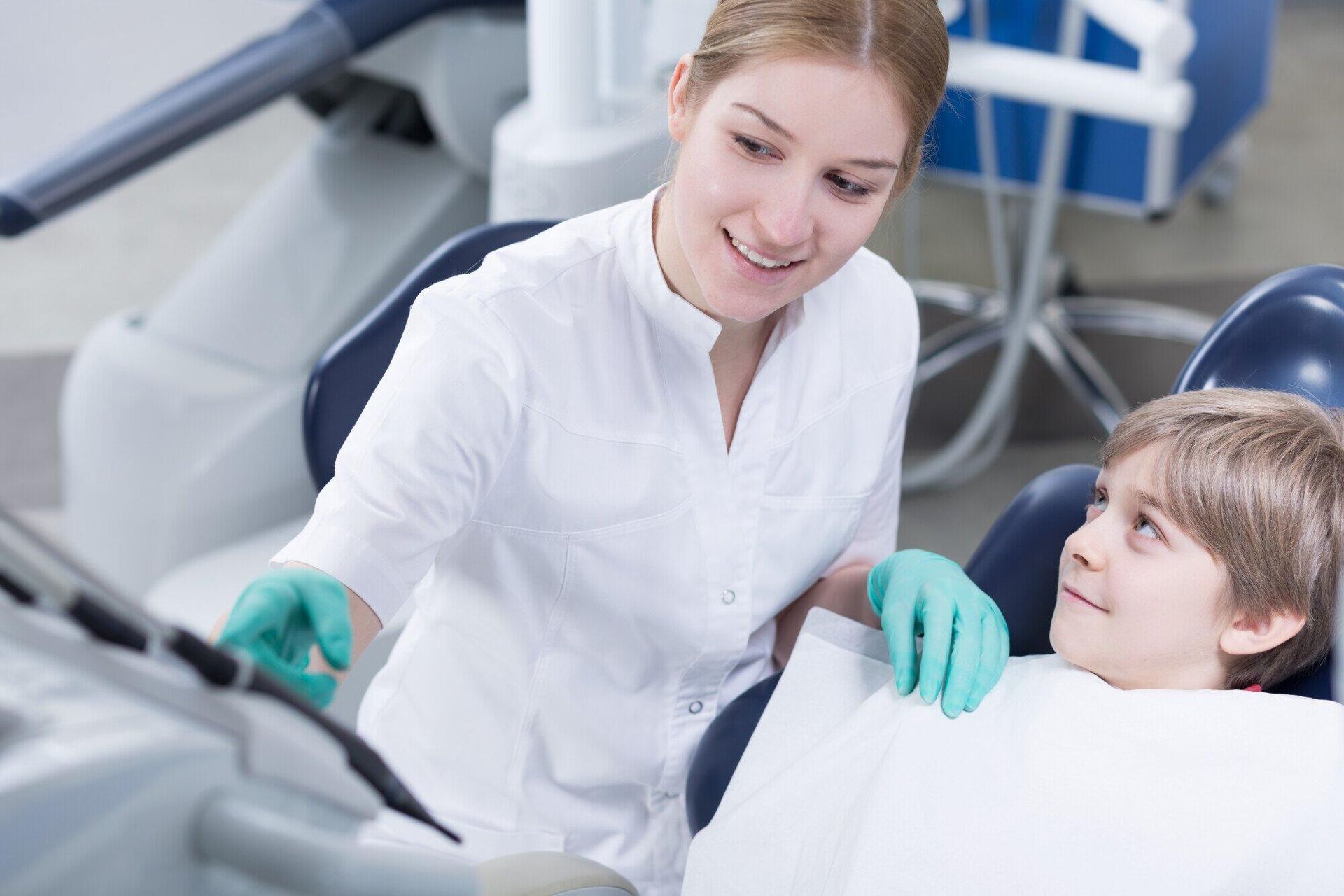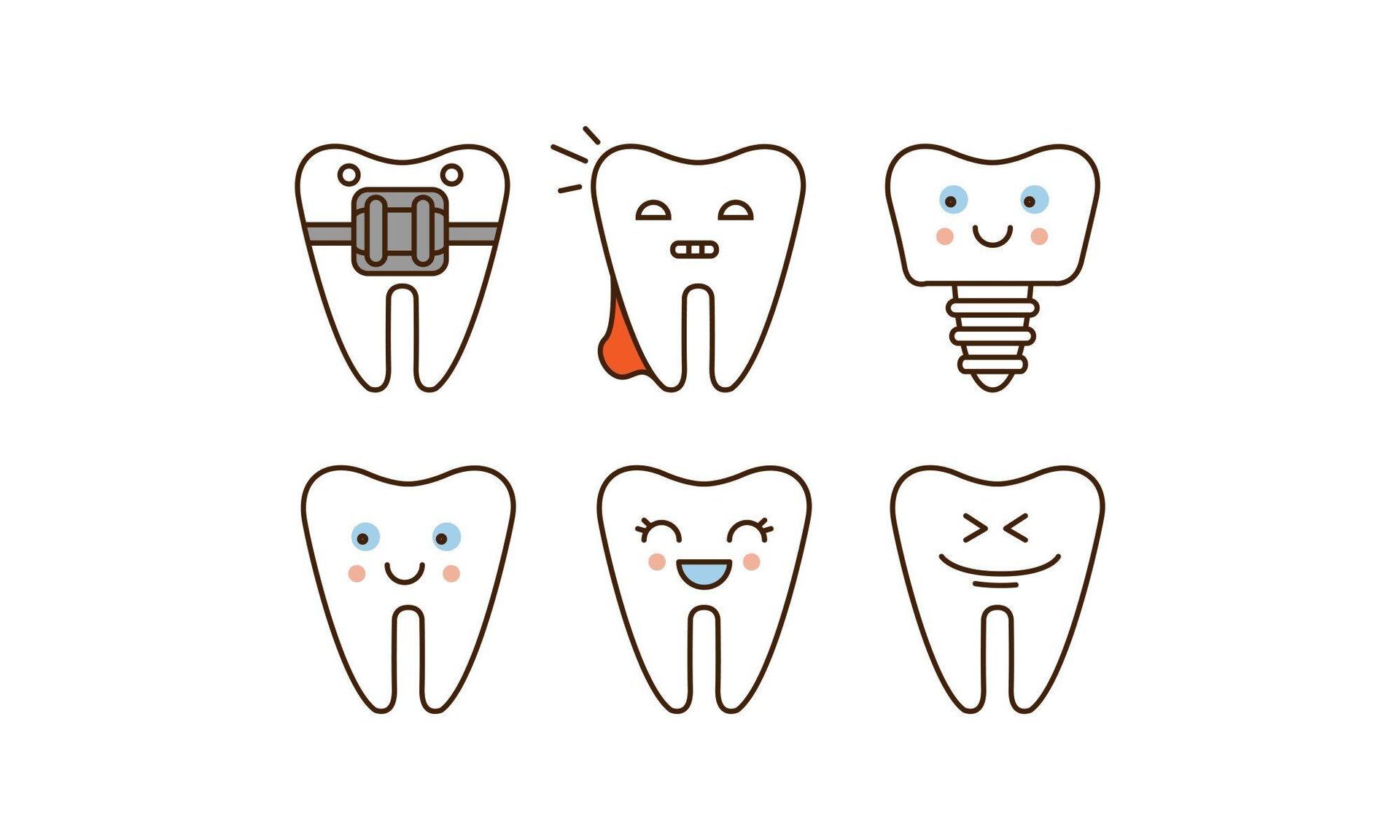In dentistry, advancements in technology and procedures are constantly emerging to ensure patients receive the best care possible. One such innovation that has been making waves in the dental field is platelet-rich fibrin (PRF). This article will delve into what PRF is, how it is used in dentistry, and how it is obtained, providing valuable insights for dental patients seeking to understand this cutting-edge procedure.
What is Platelet Rich Fibrin (PRF)?
Platelet-rich fibrin in Pasadena, TX , is a remarkable advancement in dentistry. It is a byproduct of a patient’s blood, rich in platelets and growth factors.
This concentrated substance is created through a simple yet highly effective process. PRF is a valuable tool that promotes accelerated healing and tissue regeneration in dental procedures. When used, it aids in reducing pain, inflammation, and the overall healing time for patients.
How is PRF Used in Dentistry?
PRF finds a wide range of applications in various dental procedures. Let’s explore some of the key areas where PRF has proven to be exceptionally beneficial:
- Extractions and Implant Placement: PRF can be used during tooth extractions and implant placements. The growth factors in PRF promote bone healing and tissue regeneration, ensuring a more rapid and efficient recovery process.
- Periodontal Surgery: Patients suffering from gum disease or other periodontal issues can benefit from PRF. It aids in repairing and regenerating the tissues damaged by the disease, facilitating a quicker and less painful recovery.
- Bone Grafting: PRF is invaluable in bone grafting procedures, enhancing the graft’s success rate and reducing complications. It provides a natural and efficient way to stimulate bone growth.
- Soft Tissue Grafts: For patients needing soft tissue grafts, PRF can expedite healing and improve the overall outcome. It is particularly useful in procedures like gum grafting.
- Dental Nerve Repositioning: PRF can play a vital role in reducing inflammation and promoting nerve regeneration when dealing with complex cases, such as dental nerve repositioning.
- Orthodontics: Even in orthodontics, PRF can accelerate the recovery of soft tissues impacted by braces or other orthodontic appliances.
Obtaining platelet-rich fibrin (PRF) is a precise process that takes place within a dental office, and it involves several key steps to ensure the isolation of this concentrated substance. Let’s delve into the detailed procedure of how PRF is obtained:
1. Blood Collection:
The process starts with collecting a small sample of the patient’s blood. This is done like a standard blood draw, typically from a vein in the patient’s arm. The amount of blood collected depends on the specific procedure and the amount of PRF needed, but it’s generally a small volume, typically around 10-20 milliliters.
2. Blood Processing:
After collecting the blood sample, it is put into a specific type of centrifuge. The centrifuge is a high-speed machine designed to separate blood into its various components. It works on the principle that blood is made up of different elements with varying densities, and by spinning the blood sample at high speeds, these components can be effectively separated.
3. Centrifugation:
The centrifuge rapidly spins the blood sample, causing it to undergo centrifugation. During this step, the blood separates into three distinct layers:
- Red Blood Cells (RBCs): These are the heaviest components and settle at the bottom of the collection tube. They are not used in the PRF preparation.
- Platelet-Poor Plasma (PPP): This is the top layer of clear or slightly yellowish liquid. It contains a lower concentration of platelets and growth factors compared to PRF.
- Platelet Rich Fibrin (PRF): The middle layer is rich in platelets, growth factors, and other bioactive substances. PRF forms a gel-like substance with a characteristic deep yellow color. This is a valuable material used in dental procedures.
4. PRF Collection:
After centrifugation, the dental professional carefully collects the PRF layer using a sterile instrument. Maintaining strict sterile conditions during this process is essential to prevent contamination and ensure the procedure’s safety.
5. PRF Application:
The collected PRF can be applied directly to the surgical site or combined with other dental materials. The growth factors and bioactive substances within the PRF make it valuable in dental procedures. When applied to the surgical site, PRF promotes healing, tissue regeneration, and overall better outcomes for the patient.
6. Suturing or Dressing:
Depending on the specific dental procedure, the surgical site may be sutured closed, or a dressing may be applied to protect the area. The PRF accelerates the healing process and supports the overall success of the dental treatment.
It’s important to note that PRF is created from the patient’s blood, significantly reducing the risk of allergic reactions or rejection. This makes PRF a safe and well-tolerated option in dental procedures.
The entire process of obtaining PRF is relatively quick, and the application of PRF in dental treatments has shown great promise in promoting faster healing, reducing post-operative discomfort, and improving the overall success of various dental procedures.
Dental professionals who offer PRF as part of their services undergo training to ensure the procedure is carried out safely and effectively. Patients can discuss the use of PRF with their dentist in 77505 to determine if it’s a suitable option for their specific dental needs.
Conclusion
In conclusion, platelet-rich fibrin (PRF) is an exciting development in dentistry, offering numerous benefits to patients seeking dental treatments.
PRF has proven to be a valuable addition to dental procedures, from expediting the healing process to reducing post-operative discomfort. If you’re looking for a dentist in Pasadena, TX, you can inquire about PRF at Marconi Dental Aesthetics.
Know about PRF Procedure in Dentistry
